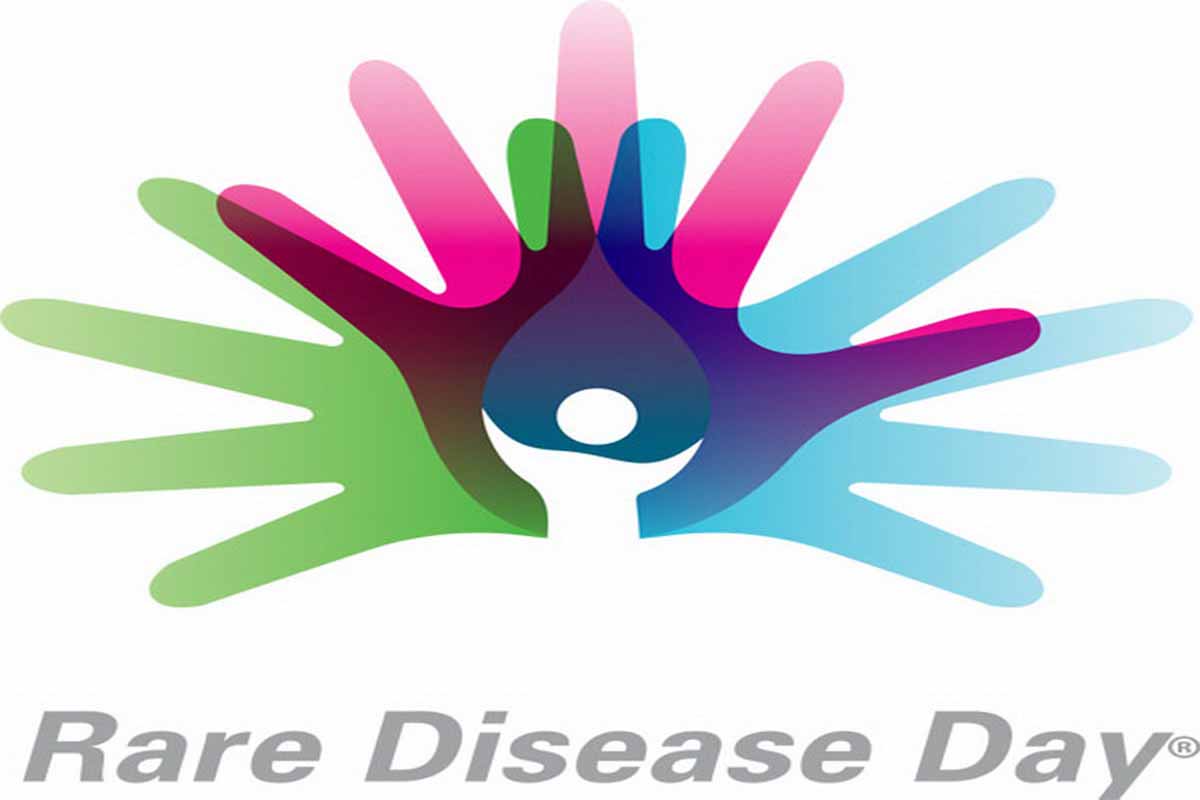Table of Contents
As the name already clearly suggests, rare diseases are uncommon. The definition of "rare disease", however, varies across the globe. In the European Union, a rare disease is defined as a life-threatening or chronically debilitating condition that affects not more than five persons per ten thousand.
In the USA, on the other hand, a disease is called "rare" when it affects less than 200,000 of the country’s inhabitants. Irrespective of the precise definition, each rare disease is known as such because of the limited number of individuals that suffer from it. However, as a whole, rare diseases have quite a high prevalence. How this can be possible? Delve into the fascinating world of rare diseases with us, and discover what's being done to help people who suffer from them.

Rare diseases are not as uncommon as you might think
This means that 400 million people all over the globe, with about 30 million in Europe and 25 million in the United States, are affected by a very uncommon disease. The vast majority of these medical conditions (about 80 percent) have a genetic basis, with one or more known genes involved. The other 20 percent include rare infectious diseases, auto-immune diseases or rare poisonings that are seldom identified.
Few rare diseases are known to general public
Despite their low frequency, several rare diseases are actually known to the general public. Examples of more known rare diseases include cystic fibrosis, haemophilia and phenylketonuria. Others, however, are rare not only in their prevalence but also in their public awareness. For instances:
- Primary ciliary dyskinesia is an inherited disease that causes the tiny, hair-like structures of the airways (cilia) to not move as they normally would. This leads to an accumulation of bacteria, dust and other small particles in the airways, causing serious breathing problems from the moment of birth.
- Progeria is a congenital disease that leads affected individuals to essentially present with signs and symptoms of premature aging at a very rapid rate. Profound growth delays begin at between nine and 24 months, leading to abnormal facial developments such as a disproportionately small face, bulging, prominent eyes and an underdeveloped jaw. By the age of two, hair from the scalp, eyebrows and eyelashes is lost. Many progeria sufferers eventually lose the layer of fat beneath the skin and, in time, elasticity is lost in the artery walls, leading to fatality via heart attack or stroke.
- Mobius syndrome is an extremely rare, genetic neurological condition. Sufferers cannot close their eyes, look from side to side, or form facial expressions. Limb abnormalities such as clubbed feet and missing fingers are often also present. Due to the importance of facial expression and smiling in social interaction, the inability to form either can lead individuals with Möbius being perceived as unhappy, unfriendly or uninterested in conversations.
Some rare diseases are especially frequent within a particular region or within a specific group of people. For example, thalassaemia is more frequent in the Mediterranean area than in Northern Europe. Gaucher disease is quite frequent in the Ashkenazi Jewish population.
The low prevalence of rare diseases leads to neglect in research
So, even though individually they are uncommon, rare diseases as a category are actually ubiquitous in nature. However, it is their relatively low prevalence that has caused rare diseases to have been generally neglected by the scientific, medical and political communities. Knowledge and awareness of most of the diseases is scarce, and sometimes even completely non-existing.
See Also: Neglected And Orphan Diseases Call For Governments' Intervention
In fact, many patients go completely undiagnosed and the medical and social consequences for them and their families are often devastating.
- RINALDI, A. 2005. Adopting an orphan - Incentives to develop drugs for rare disorders raise hopes and controversy. EMBO Reports, 6, 507–510
- TAMBUYZER, E. 2010. Rare diseases, orphan drugs and their regulation: questions and misconceptions. Nature Reviews Drug Discovery, 9, 921-929.
- Photo courtesy of EURORDIS by Wikimedia Commons : commons.wikimedia.org/wiki/File:RDD_logo.jpg
- Photo courtesy of PAHO/WHO by Flickr : www.flickr.com/photos/pahowho/9403953426


Your thoughts on this